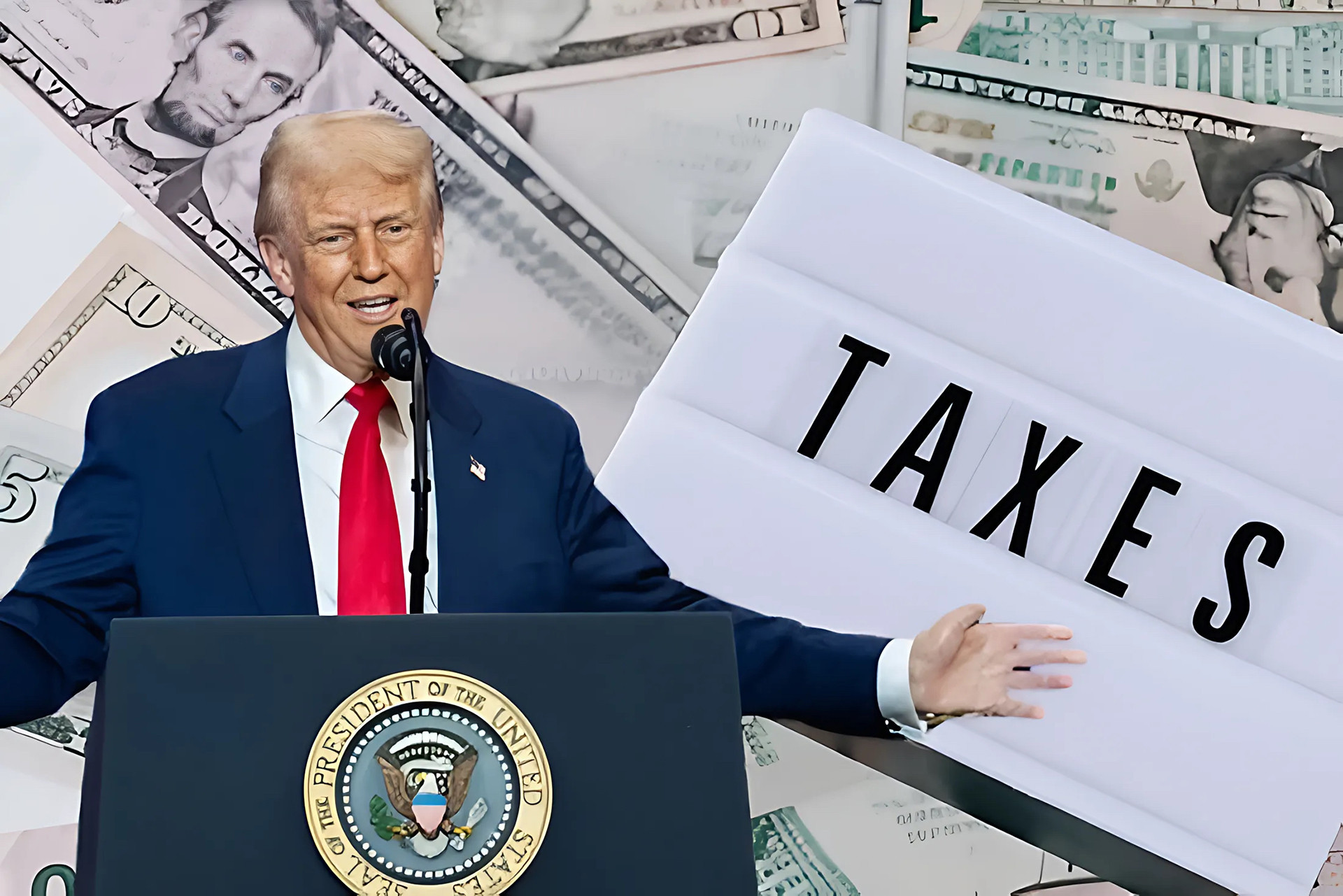On April 9, President Donald Trump’s controversial “reciprocal tariff” policy officially took effect, sparking global concern with its steep tariff rates. Fortunately, the Trump administration later softened its stance, renewing hopes for international trade negotiations.
Trump abruptly announced a 90-day suspension on high import tariffs for most of America’s trade partners. However, he raised reciprocal tariffs on Chinese imports to 125%. This decision was met with global relief. Looking back at those tense days, it's clear that if Trump had not reversed course, the world could have been pulled into a brutal trade spiral with a deeply uncertain future for global commerce.
An unprecedented tariff plan

April 2 was dubbed “Liberation Day” by President Trump. That day, the White House unveiled an unprecedented tariff plan aimed at reshaping the global trade order under Trump’s vision.
Starting April 5, a minimum tariff of 10% was imposed on all imports into the U.S. from over 180 countries and territories. The real turning point came during the April 9 trading session in the U.S. (early April 10 in Vietnam), when higher reciprocal tariffs ranging from 11% to nearly 50% officially took effect for about 60 countries/territories with large trade surpluses with the U.S.
The most extreme was the 104% tariff on Chinese goods, a retaliatory move after Beijing imposed a 34% counter-tariff on U.S. products.
As a result, China became the hardest-hit country, facing cumulative tariffs of up to 104% starting April 9 on hundreds of billions of dollars’ worth of goods - from electronic components to consumer items.
The European Union faced a 20% tariff, affecting its automotive, wine, and agricultural sectors. Japan and South Korea were hit with 24% and 25% tariffs respectively, impacting their tech and auto industries.
Vietnam faced a 46% tariff, threatening key exports like textiles, electronics, and furniture. Cambodia suffered the highest rate in Southeast Asia at 49%.
Still, Trump left open the possibility of deferring, delaying, or reducing tariffs if countries agreed to negotiate or make concessions. Toward China, he struck a tone that was both open and firm, stating that Beijing must proactively initiate talks for a deal.
Japan and South Korea - two close allies - were expected to quickly enter negotiations to avoid high tariffs. Meanwhile, Vietnam sent a diplomatic note requesting a delay to begin negotiations.
Markets around the world reacted swiftly to the U.S. tariff announcement. Just days after the April 2 declaration, U.S. stock markets lost trillions of dollars in market value. Asian stock markets - from Tokyo to Ho Chi Minh City - plunged.
Gold prices surged to a new peak of $3,169 per ounce as investors sought safe havens. Prices for commodities like steel, aluminum, and crude oil fluctuated wildly, reflecting disruptions in supply chains.
The 104% tariff on China posed a serious threat to its export-driven economy, while the EU faced mounting inflation risks due to soaring import costs. Southeast Asian countries feared losing their competitive edge to less-affected nations like Mexico and India.
Strategic calculations and global risks
The Trump administration viewed tariffs not just as an economic tool but as a strategic weapon to reshape global trade under the “America First” doctrine.
Countries were expected to slash tariffs on U.S. goods, commit to increasing American imports, and step up cooperation in areas like mineral trade, cross-border commerce, and origin traceability.
In a significant countermeasure, Beijing banned exports of dozens of rare earth elements to the U.S. starting April 10. This could send high-tech production costs soaring and disrupt major U.S. technology and defense corporations.
Trump often cited the strength of the U.S. dollar and the country’s control over global finance as powerful levers.
America’s strategy centers on three objectives: reducing the trade deficit, reshoring manufacturing, and consolidating its economic superpower status. Trump argued that tariffs would pressure other countries to buy more U.S. products and encourage companies like Apple and Nike to bring supply chains back to the U.S.
However, experts warned that the policy might backfire. The Peterson Institute for International Economics estimated that the average American family would pay an additional $2,600 annually due to rising prices. Inflation pressures could put the Federal Reserve in a tough spot, slowing U.S. economic growth.
The global economy now faces risks of fragmentation as nations shift from free trade toward protectionism and localized production. The EU and Japan may strengthen their trade ties to reduce reliance on the U.S., while smaller countries will need to diversify markets to avoid losses.
The recent shifts have placed the global economic order at a crossroads, underscoring the declining role of multilateral trade bodies like the WTO in favor of U.S.-style bilateral agreements. Nations must draw valuable lessons from this volatile period to prepare for an increasingly unpredictable global trade environment.
Manh Ha